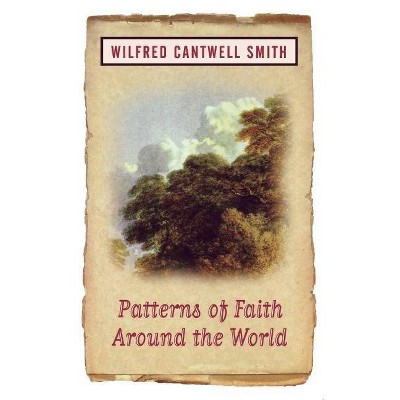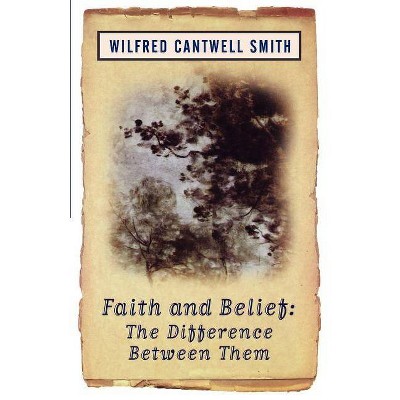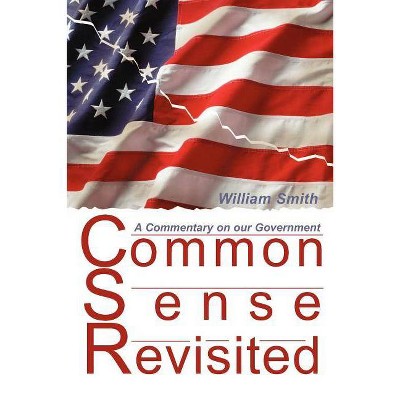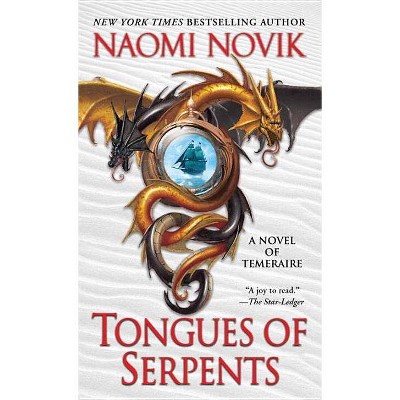The Stone Face - by William Gardner Smith (Paperback)

Similar Products
Products of same category from the store
AllProduct info
<p/><br></br><p><b> About the Book </b></p></br></br>"First published in 1963, The Stone Face tells the tale of a young African-American man who takes refuge from American racism in France, only to find himself complicit in a racist order of another sort. Simeon Brown, a journalist who, as a teenager, lost an eye in a racist attack, lives in his native Philadelphia in a state of agonizing tension, and after a violent encounter with some white sailors on shore leave, he decides to pack up and leave for Paris, known as a safe haven for black artists and intellectuals. At first, the City of Light seems close to idyllic to Simeon: He can do what he wishes and go where he pleases without fear. On the streets he meets Babe, a long-standing black American âemigrâe, who introduces him to a whole cadre of interesting friends-among them the Chester Himes stand-in James Benson, a famous black novelist now retired, and Maria, a mysterious Polish actress and concentration camp survivor who is awaiting surgery to keep from going blind. But soon Simeon discovers that Paris is not the racial wonderland he took it to be-not when Algerians are being raided, beaten in the streets, and sent to detention centers-and his friendship with Hossein, an Algerian radical, will lead him to realize that he can no longer remain a passive spectator to French injustice and that he must decide where his loyalties truly lie"--<p/><br></br><p><b> Book Synopsis </b></p></br></br><b>A roman à clef about racism, identity, and bohemian living amidst the tensions and violence of Algerian War-era France, and one of the earliest published accounts of the Paris massacre of 1961.</b> <p/>As a teenager, Simeon Brown lost an eye in a racist attack, and this young African American journalist has lived in his native Philadelphia in a state of agonizing tension ever since. After a violent encounter with white sailors, Simeon makes up his mind to move to Paris, known as a safe haven for black artists and intellectuals, and before long he is under the spell of the City of Light, where he can do as he likes and go where he pleases without fear. Through Babe, another black American émigré, he makes new friends, and soon he has fallen in love with a Polish actress who is a concentration camp survivor. At the same time, however, Simeon begins to suspect that Paris is hardly the racial wonderland he imagined: The French government is struggling to suppress the revolution in Algeria, and Algerians are regularly stopped and searched, beaten, and arrested by the French police, while much worse is to come, it will turn out, in response to the protest march of October 1961. Through his friendship with Hossein, an Algerian radical, Simeon realizes that he can no longer remain a passive spectator to French injustice. He must decide where his true loyalties lie.<p/><br></br><p><b> Review Quotes </b></p></br></br><br>"While there is much to improve in how we support each other at home and across the globe, Smith's novel reminds us of the immense power in solidarity and our duty to always rise up for justice and freedom." --Zeena Yasmine Fuleihan, <i>Ploughshares</i> <p/>"A thought-provoking and an oddly humanizing and liberating book." --<i>Kirkus Reviews<br></i><br>"A complex exploration of power and justice." --Corrine Segal, <i>Lit Hub</i> <p/>"A courageous novel. . . . <i>The Stone Face</i> represents the maturing of a voice determined to confound preconceived notions about patriotism, Blackness and sanctuary, and accordingly the story takes no prisoners, so to speak." --James Hannaham, <i>The New York Times <p/></i>"<i>The Stone Face</i> explores the shifting nature of cultural identity and social oppression. . . The issues Smith raises in his novel resonate at least as much now as they did six decades ago." --John Powers, <i>Fresh Air <p/></i>"[William Gardner Smith] captures the murderous 'stone face' of racism in action." --Matthew Wills, JSTOR Daily <p/>"This forthright, morally engaging 1963 novel by a neglected Black expat author applies a distinctly international perspective to questions of race and class. . . Far more than his contemporaries Richard Wright, Chester Himes, and James Baldwin, Smith (1927-74) parlayed his experiences in Paris into universal explorations of race, caste, and colonialism, earning him a place alongside them on library shelves." --David Wright, <i>Library Journal</i><br><p/><br></br><p><b> About the Author </b></p></br></br><b>William Gardner Smith</b> (1927-1974) was a journalist, novelist, and editor. His first novel, <i>Last of the Conquerors</i>, was published in 1948, followed by <i>Anger at Innocence</i>, <i>South Street</i>, <i>The Stone Face</i>, and <i>Return to Black America</i>. <p/><b>Adam Shatz</b> is the US Editor of the <i>London Review of Books</i> and a contributing writer to <i>The New York Times Magazine</i>, <i>The New York Review of Books</i>, and <i>The New Yorker</i>, among other publications.
Price History
Cheapest price in the interval: 12.99 on November 8, 2021
Most expensive price in the interval: 12.99 on December 20, 2021
Price Archive shows prices from various stores, lets you see history and find the cheapest. There is no actual sale on the website. For all support, inquiry and suggestion messages communication@pricearchive.us




















